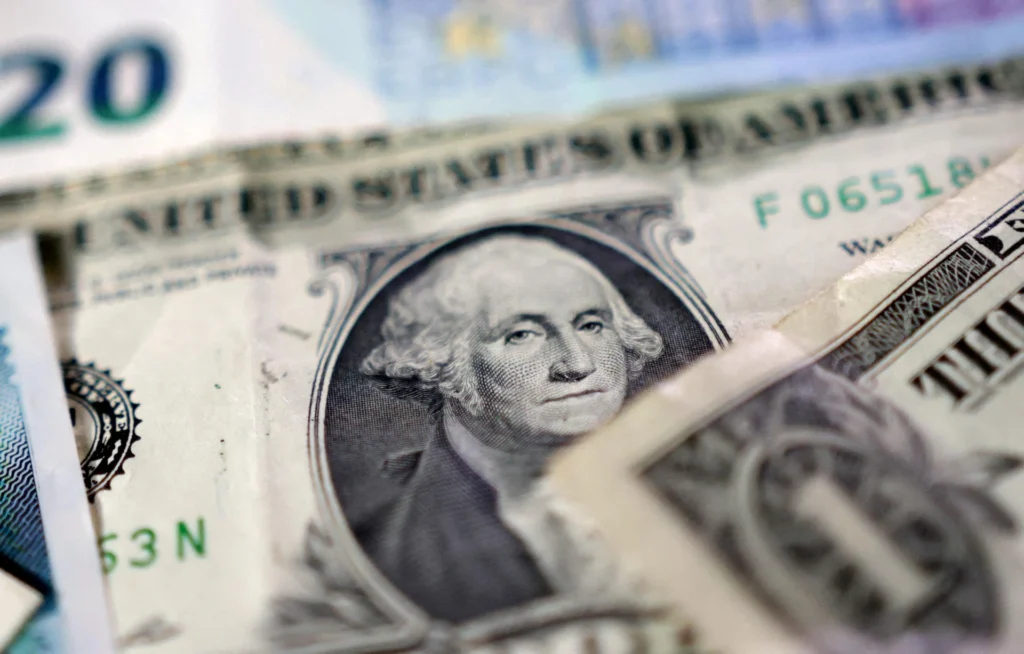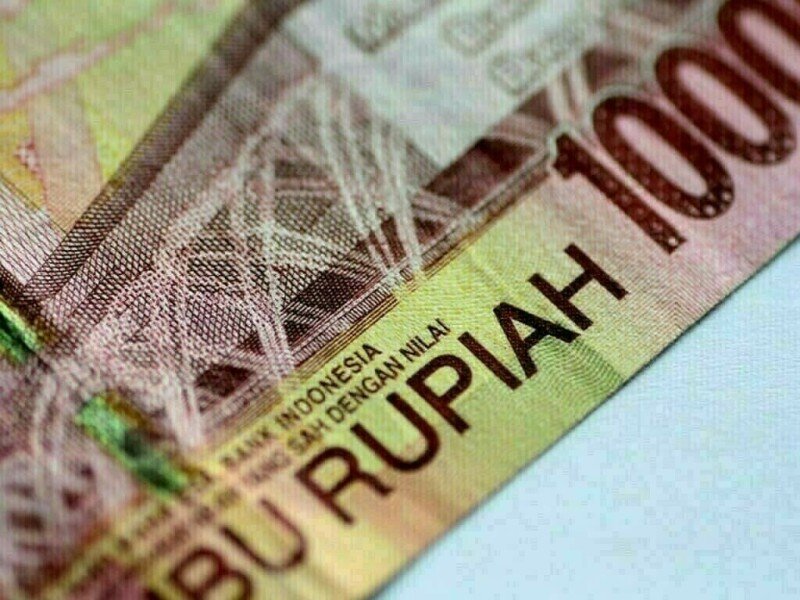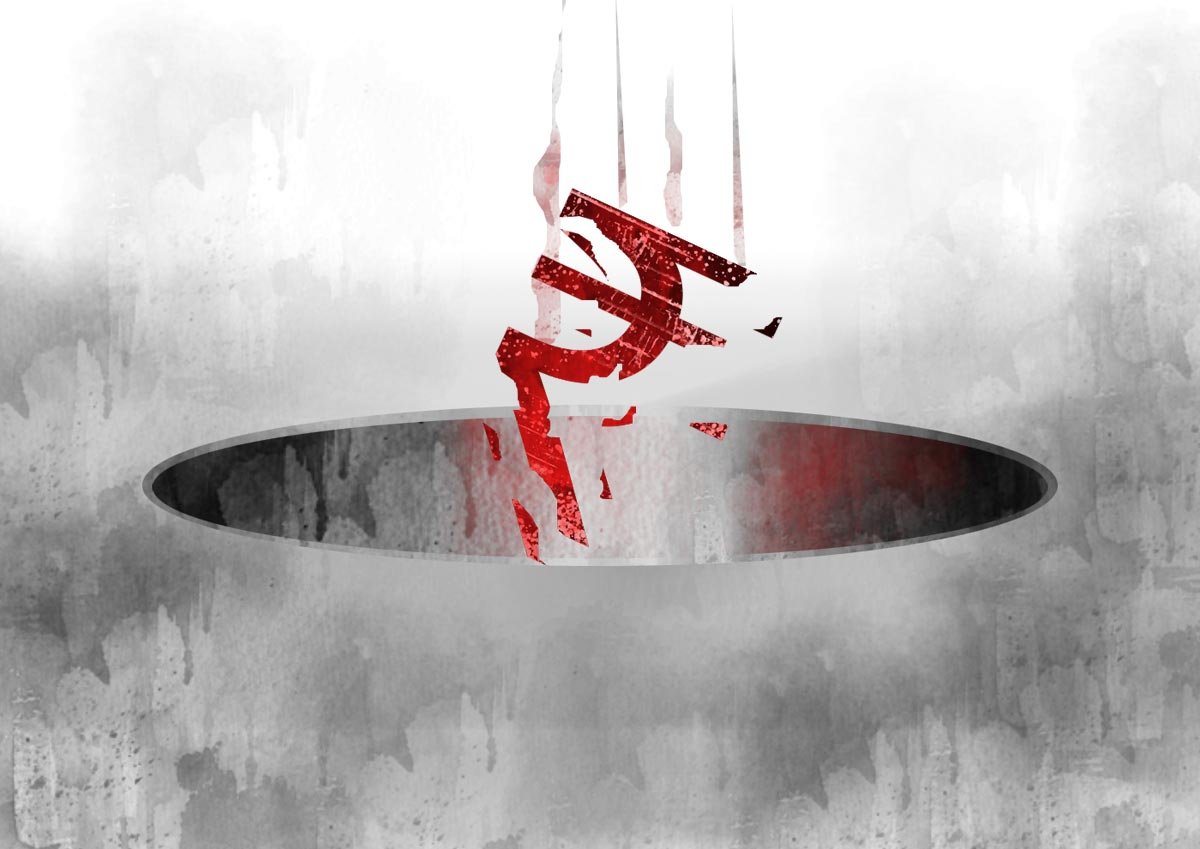[MELBOURNE] The worst may be over for Asia’s central banks that have ramped up efforts defending local currencies after a resurgent US dollar and fresh US tariffs fuelled pressure across the region.
A gauge of Asian currencies is heading for its best week since June as soft US jobs sparked renewed bets on Federal Reserve interest-rate cuts. The US dollar-negative story is now “back in play” amid signs of a slowing economy, according to UBS Group.
The shift offers a welcome reprieve for policymakers who were compelled to return to their interventionist playbook after US President Donald Trump announced new import duties, sparking sharp declines in regional currencies. With Bloomberg’s US dollar gauge poised for a weekly drop, investors may still be underpricing the impact of soft economic data and a more dovish Fed outlook.
Intervention was likely “more of a one-off,” said Alex Loo, a macro strategist at Toronto-Dominion Bank in Singapore. “Weaker US activity data in the coming weeks may embolden US dollar bears to re-engage and should ease the pressure off Asian central banks to defend the recent bounce in US dollar-Asia pairs.”
Traders remain on edge, however, after Trump doubled tariffs on India to 50 per cent through a so-called secondary duty, citing its purchases of Russian oil. Rising crude prices and renewed supply chain disruptions may stoke cost pressures across the region and convince some central banks to delay rate cuts or step back into currency markets to stabilise exchange rates.
“Right now everybody is just anxious about when the next shoe is going to drop,” with intervention likely just to stabilise markets, said Mingze Wu, a currency trader at StoneX in Singapore. “Once Trump settles down, central banks will be more relaxed as well.”
BT in your inbox

Start and end each day with the latest news stories and analyses delivered straight to your inbox.
The Bloomberg Dollar Spot Index edged higher on Friday (Aug 8) after five sessions of declines, remaining around 0.5 per cent lower this week. That has eased pressure from a greenback surge towards the end of last month, which pushed Asian currencies to multi-month lows and complicated efforts by regional central banks to maintain stability.
As investors moved into safer US assets, the prospect of capital outflows worried policymakers from India to Indonesia, raising the risk of inflation and market volatility.
Bank Indonesia intervened to stabilise the rupiah, while Hong Kong’s de-facto central bank resumed buying local US dollars to defend its currency peg. India’s central bank held rates steady on Wednesday, days after state banks were seen supporting the rupee. The Philippine central bank also pledged stronger intervention during bouts of peso weakness to control inflation.
With money markets now pricing in a likely US rate cut next month and Trump tapping monetary policy “dove” Stephen Miran for a Fed governor seat, the US dollar may ease and offer regional currencies some breathing room.
“We don’t think these disparate decisions or messages from the Reserve Bank of India, BI and Bangko Sentral ng Pilipinas signal a region-wide shift to currency defence,” said Homin Lee, a senior macro strategist at Lombard Odier in Singapore. “A major surge in the US dollar could prompt more frequent interventions, but that is not our base-case scenario.” BLOOMBERG







